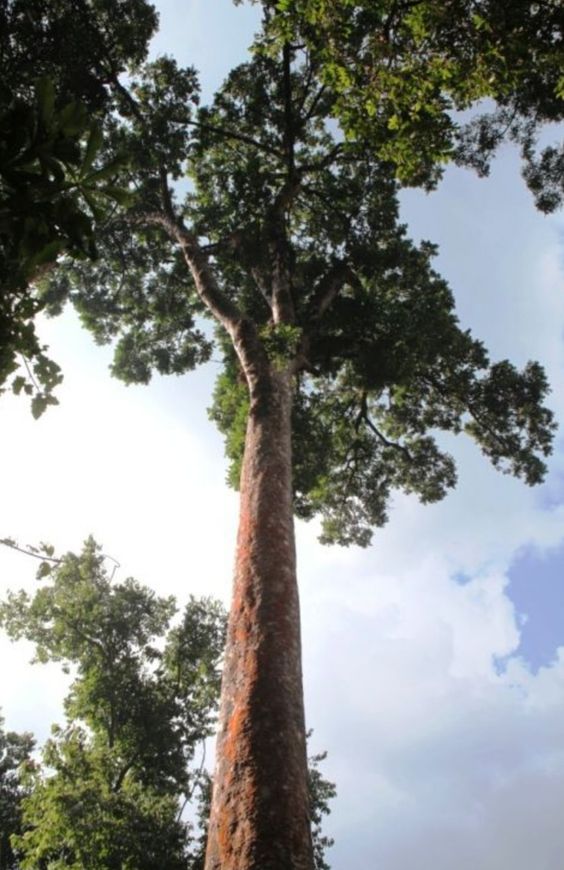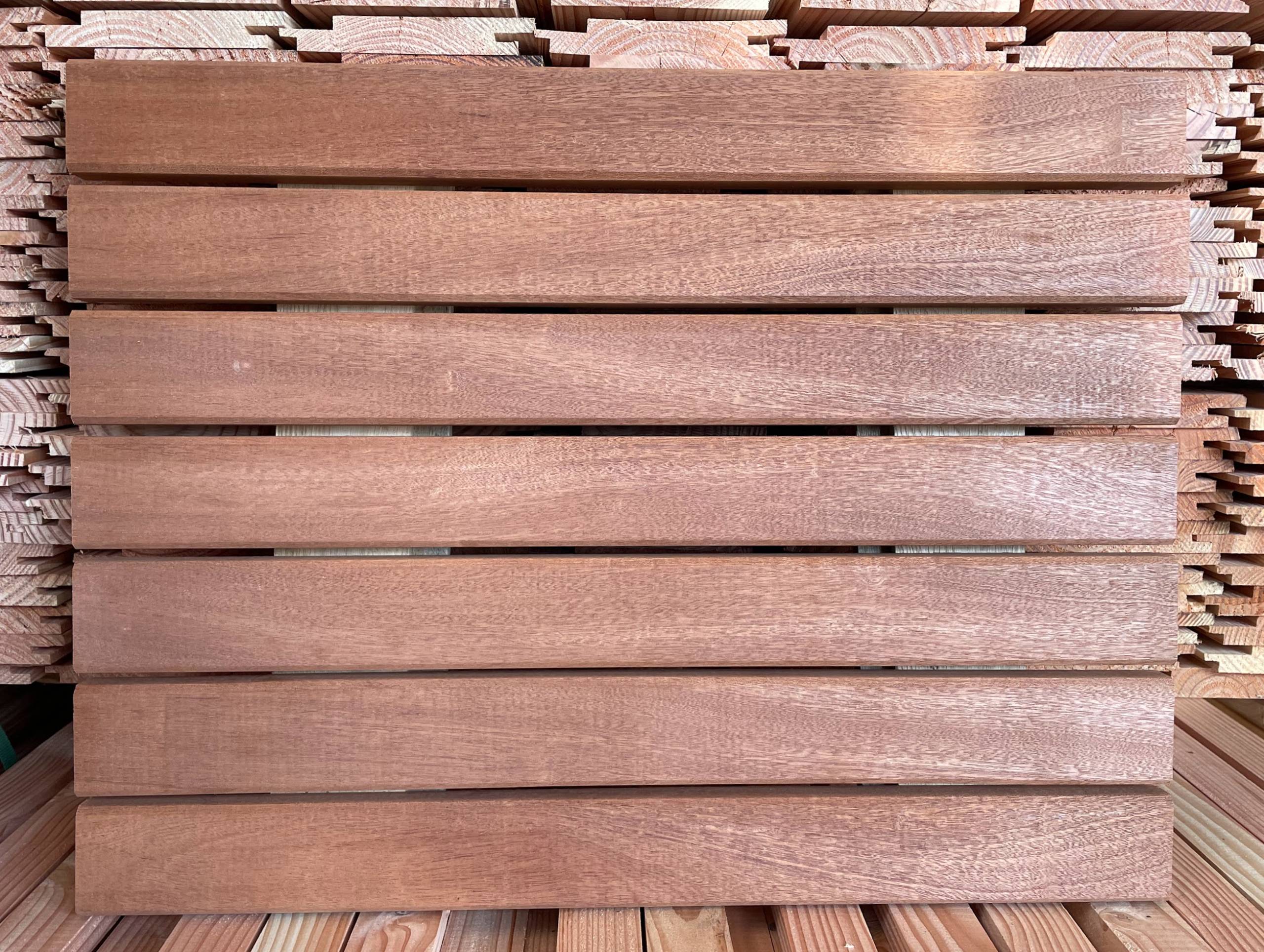Overview
Sapele, scientifically known as Entandrophragma cylindricum, is a hardwood tree species native to tropical Africa. It is renowned for its exceptional wood properties, striking appearance, and diverse applications. This specification page offers an in-depth exploration of the Sapele tree, its features, and its versatile uses.
Appearance
- Size: Sapele trees can reach substantial heights, with some individuals growing up to 50 meters (164 feet).
- Wood Grain: Sapele wood is distinguished by its interlocking grain patterns, which create a visually appealing surface.
Size and Growth
- Height: Larch trees vary in size depending on the species, but they can typically reach heights of 50 to 100 feet (15 to 30 meters).
- Trunk: The trunk of a mature Larch tree can reach diameters of 1 to 2.5 feet (0.3 to 0.8 meters).
Range
Sapele trees are indigenous to West and Central Africa, including countries like Nigeria, Cameroon, and the Ivory Coast. They flourish in the lush, humid climates of the region.
Uses
Woodworking and Furniture:
- Sapele wood is highly regarded for its workability and attractive appearance, making it a popular choice for fine woodworking and furniture crafting.
- Its rich, reddish-brown colour and distinctive grain add elegance to a variety of wood products.
Cabinetry and Joinery:
Sapele is often used in cabinetry and joinery, providing durable and visually appealing components for residential and commercial spaces.
Flooring:
- Sapele’s hardness and resistance to wear make it an excellent material for flooring, offering both durability and an inviting aesthetic.
- It enhances the visual appeal of interiors.
Conclusion
Sapele, with its impressive stature and distinctive wood characteristics, is a prized resource in woodworking, furniture, and design. Whether you’re drawn to its beautiful grain patterns, workability, or tonal qualities for musical instruments, Sapele stands as a testament to the riches of African forests.

